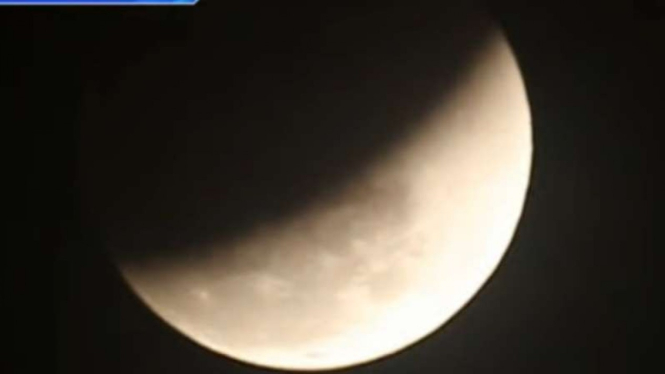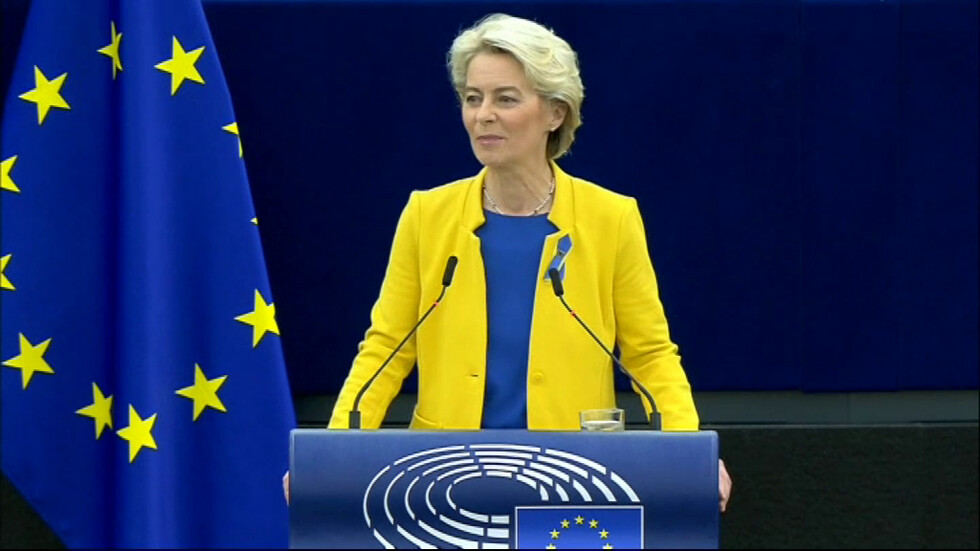Wednesday 14 September 2022 – 17:00 WIB
–
VIVA education – Lunar eclipse it happens when the moon is covered with a shadow Earth. This event can only occur when the positions of the sun, earth and moon are straight or nearly straight and the moon is in the full moon phase.
The moon undergoing a total eclipse is often referred to as a Red Moon or blood moon because of its reddish color. The red color appears as a result of sunlight being refracted by the earth’s atmosphere and reaching the lunar surface. Furthermore, the same reason also causes a reddish color in the earth’s sky at sunrise and sunset.
Observation of a partial lunar eclipse from Manado by BMKG
–
–
Unlike a solar eclipse which can only be seen from a small area, a lunar eclipse can be seen from all parts of the earth on the night side. In general, lunar eclipses can last up to nearly two hours, while solar eclipses last a few minutes in some areas.
Lunar eclipses are also safe to look at with the naked eye without special protective equipment. This is because the light of the moon during an eclipse is very dim, even dimmer than the full moon.
The process of a lunar eclipse
A lunar eclipse occurs when the moon is in opposition to the sun. However, due to the inclination of the plane of the lunar orbit relative to the plane of the ecliptic (an imaginary line that becomes the path of the celestial body’s path around the central point of the system) solar system) of 5 °, so not all oppositions of the moon to the sun will result in a lunar eclipse.
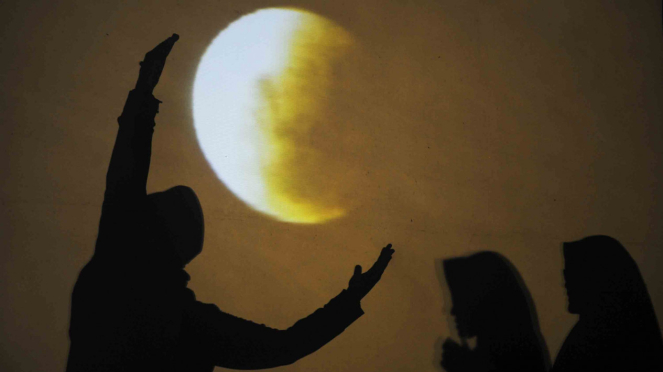 –
–
–
The intersection of the plane of the lunar orbit with the plane of the ecliptic will have two intersection points called node. A lunar eclipse will occur when the moon is in opposition node the.
It takes the moon 29.53 days to move from one point of opposition to another. Therefore, a lunar eclipse should be followed by a solar eclipse because both node It is located on the line that connects the sun to the earth.
Types of lunar eclipses
According to the official website of the Directorate of Elementary Schools of the Ministry of Education and Culture, lunar eclipses are divided into 3 types, namely total lunar eclipses, partial lunar eclipses and penumbral lunar eclipses. The following is an explanation of each process of the occurrence of a lunar eclipse.
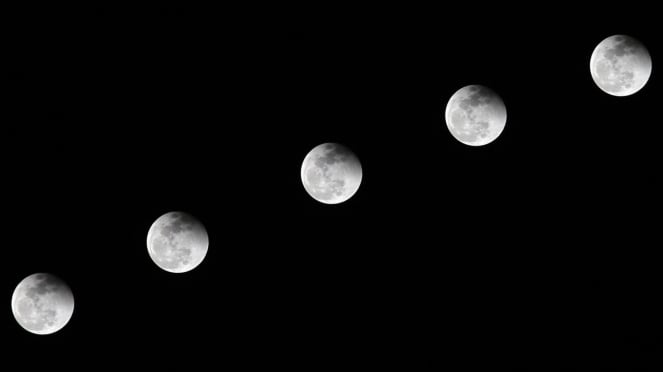 –
–
–
A total lunar eclipse occurs when the entire shadow of the earth falls on the moon so that the sun, earth and moon are exactly on the same line. In this eclipse the phases of the moon can be observed in its entirety, starting from the partial moon up to the waxing moon. Then it turns red because there is still sunlight being transmitted to the earth.
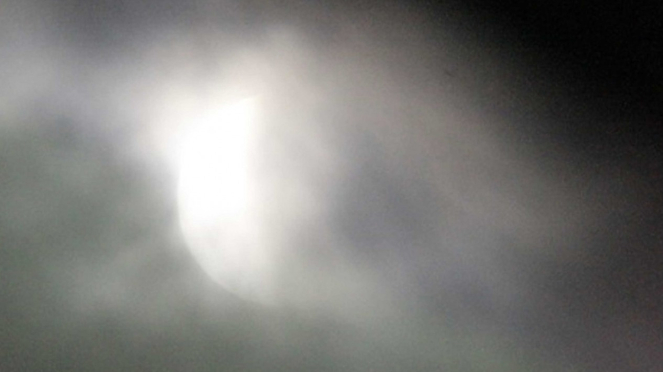 –
–
Partial lunar eclipse in West Sumatra
–
–
This eclipse has another name as a partial lunar eclipse. A partial lunar eclipse occurs when the earth does not completely block the moon from sunlight. Part of the lunar surface is in the penumbra, so some sunlight reaches the lunar surface.
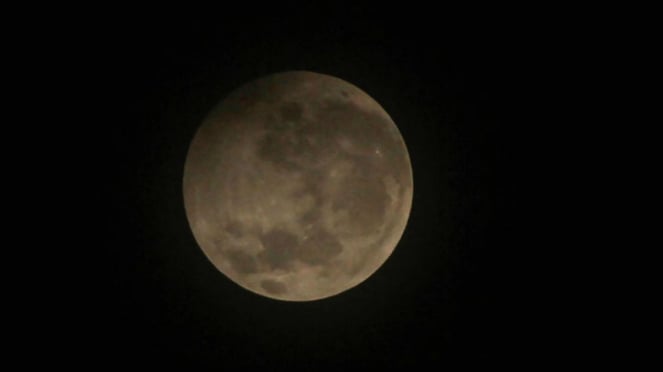 –
–
–
A penumbral lunar eclipse occurs when the entire moon is in the penumbra so that the moon can still be seen in a muted color. To observe it you need special tools.
In the explanation of the types of lunar eclipses above, what is meant by shadow is the very dark part during a lunar eclipse and it is the central shadow in the middle. While penumbra is the blurry shadow that occurs during a lunar eclipse.
–
